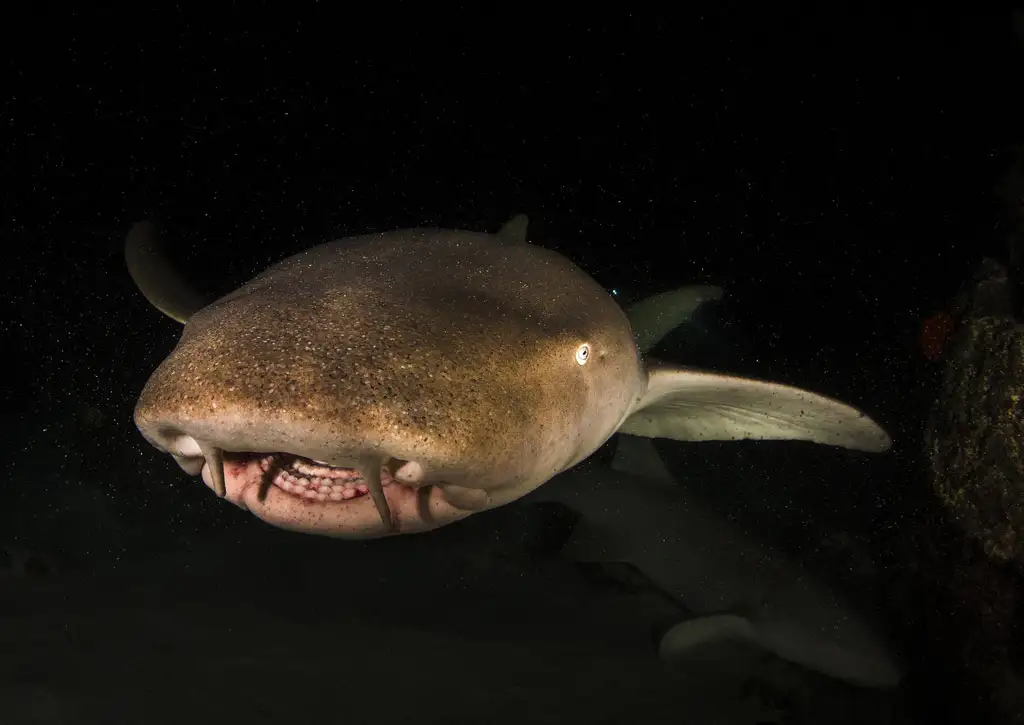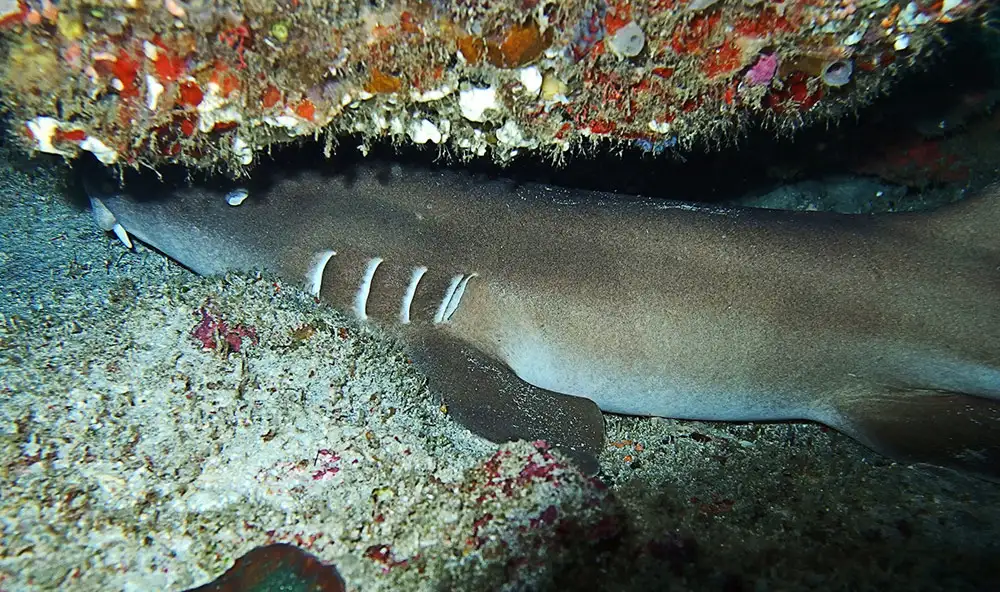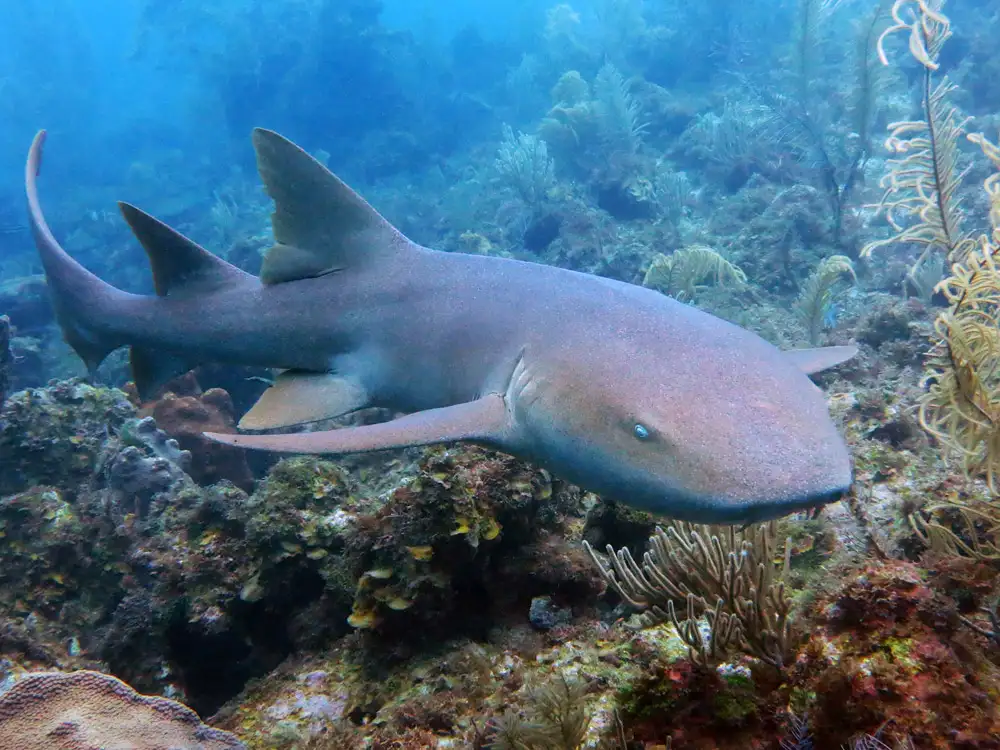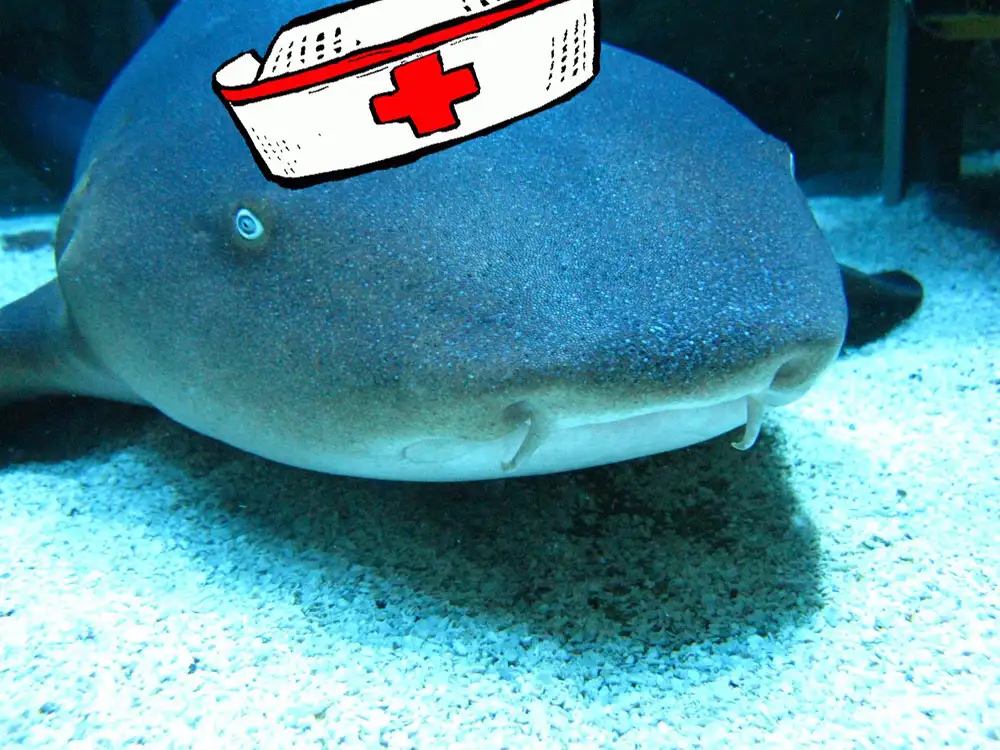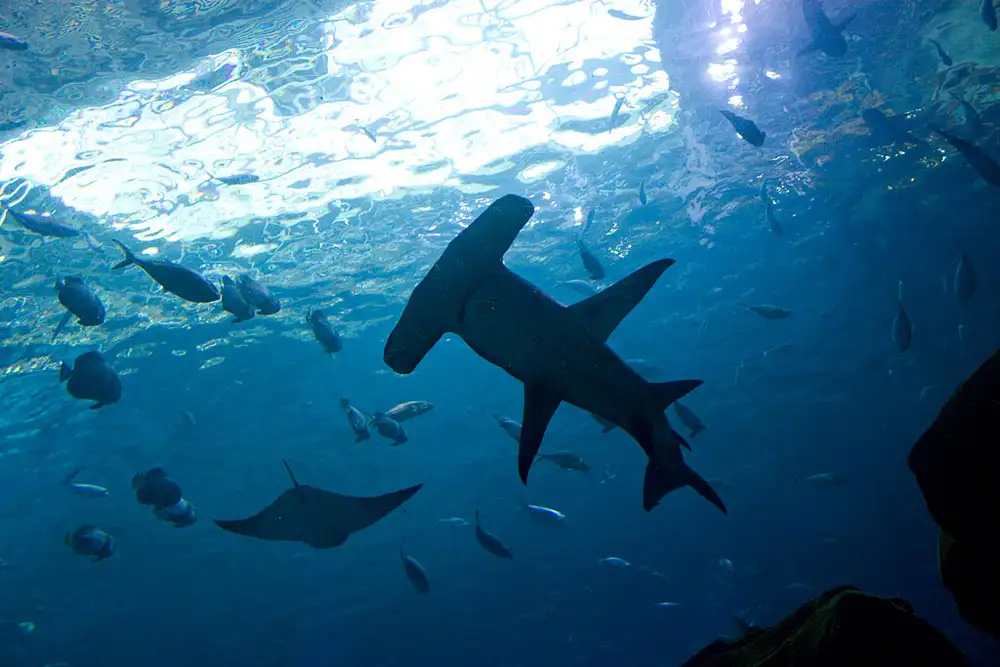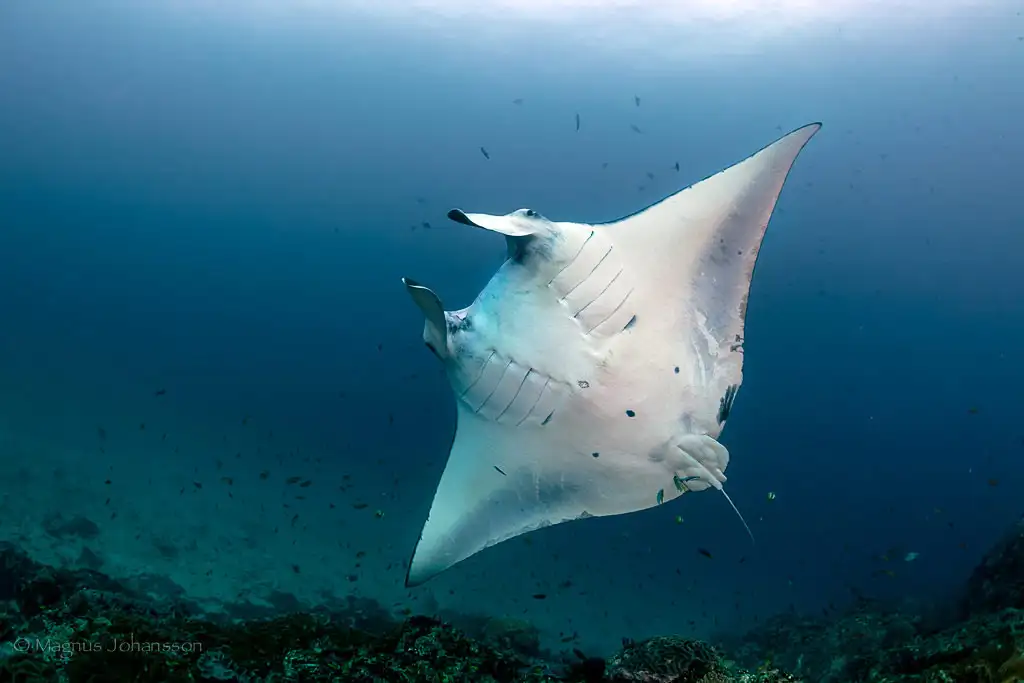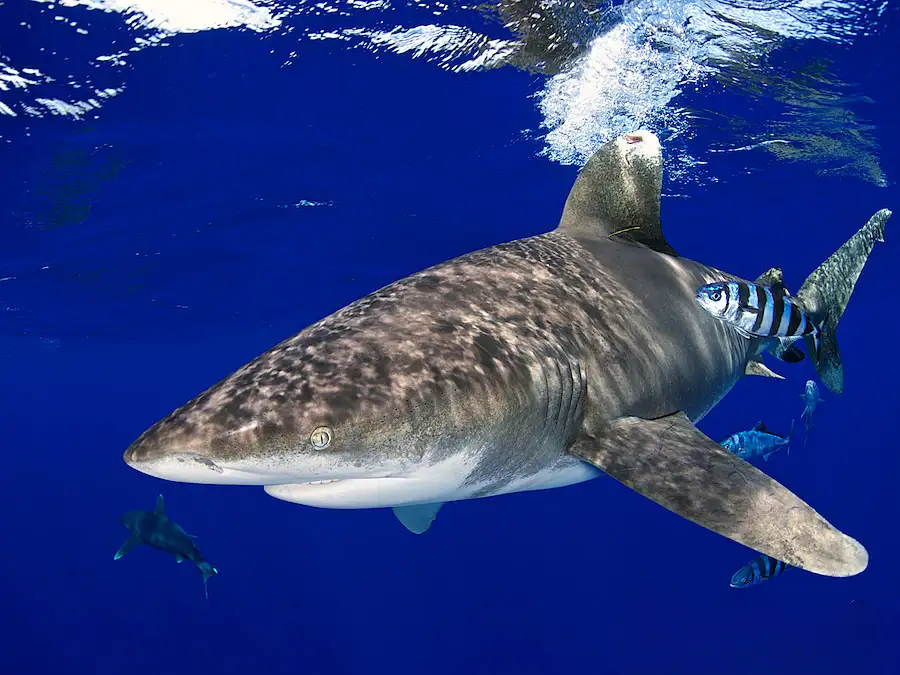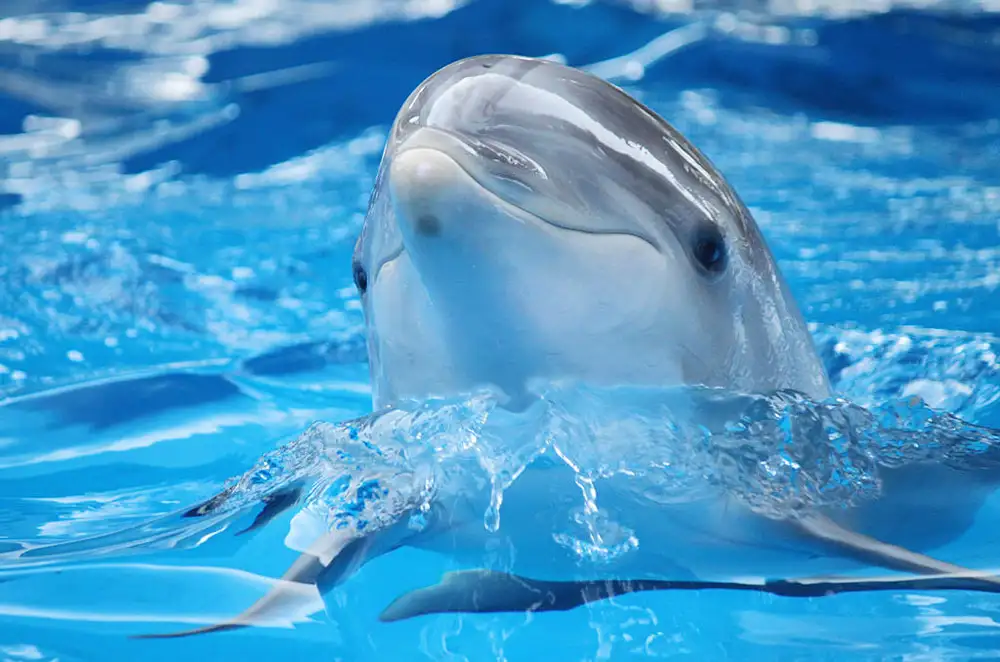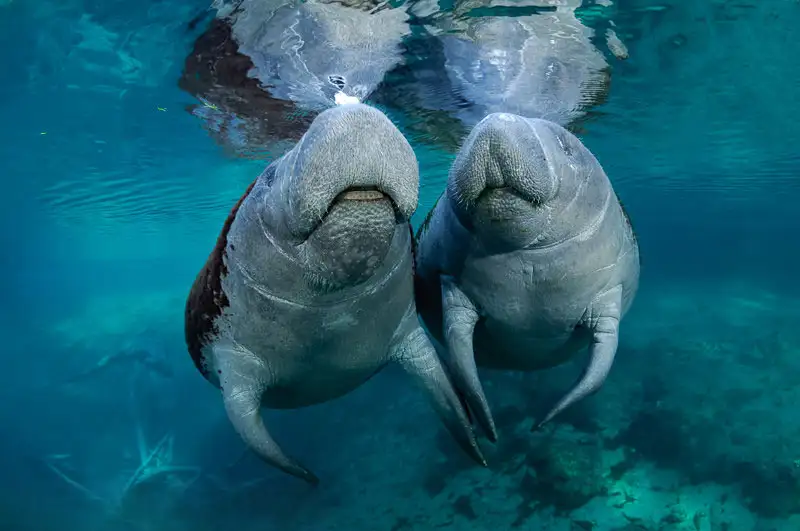Nurse Shark
IUCN
VUBasic Information
Scientific classification
- name:Nurse Shark
- Scientific Name:Ginglymostoma cirratum
- Outline:Large Fish
- Family:Ginglymostomatidae Ginglymostoma
Vital signs
- length:Common 2.0–3.0 m
- Weight:Typically 70–110 kg
- lifetime:~25–35 years
Feature
Nocturnal benthic predator; strong suction feeding; aplacental viviparous litters ~20–30; strong site fidelity.
Distribution and Habitat
Western Atlantic reefs, seagrass and mangroves, usually 1–40 m.
Appearance
Barbels on snout; posterior dorsal fins; short caudal peduncle; uniform brownish‑tan colour; juveniles with pale spots.
Details
The nurse shark (Ginglymostoma cirratum) is a common coastal shark of the western Atlantic–Caribbean, in family Ginglymostomatidae. A nocturnal, benthic ambush predator, it often rests in groups under ledges or in caves by day, and is frequently encountered by divers.
Ecology & Behaviour
Diet: demersal fishes, crustaceans and molluscs (e.g., lobsters, crabs, octopus); the mouth generates strong suction to extract prey.
Activity: diurnal resting, nocturnal foraging; strong site fidelity and small home ranges.
Reproduction: aplacental viviparous; gestation ~5–6 months; litters of ~20–30 pups; breeding may be biennial.
Identification
Prominent barbels on the snout; subterminal mouth with small, fine teeth; both dorsal fins are set posteriorly; short caudal peduncle; overall uniform brownish‑tan colour (juveniles with pale spots). Small spiracles behind the eyes.
Size & Longevity
Length: commonly 2.0–3.0 m (rarely larger).
Weight: typically 70–110 kg (large females heavier).
Life: ~25–35 years (region‑dependent).
Range & Habitat
Primarily the western Atlantic (SE USA to the Caribbean and Brazil), including the Gulf of Mexico and Bahamas; favours coral reefs, seagrass meadows, mangroves and sandy bottoms, usually at 1–40 m.
Threats & Conservation
Fisheries: takes in small‑scale coastal fisheries and recreational catches; incidental net entanglement.
Habitat degradation: reef decline, mangrove loss and coastal pollution.
Human interaction: baiting/handling can cause bites and behavioural change.
IUCN global status: Vulnerable (VU). Priorities: spatio‑temporal protection of key habitats/resting sites, bycatch mitigation & safe release, and responsible wildlife tourism (no feeding/touching; distance and group‑size limits).
FAQ
Q1. Are they “friendly”? Generally not aggressive, but provocation/feeding can trigger defensive bites—observe without touching.
Q2. Why rest in piles by day? Energy saving and social behaviour; nocturnal foraging is intense.
Q3. Quick ID vs. other coastal sharks? Snout barbels, both dorsal fins set far back, short caudal peduncle and uniform brownish colour.
Q4. Enter brackish waters? Occasionally, but they prefer coastal marine reefs/grass beds.

